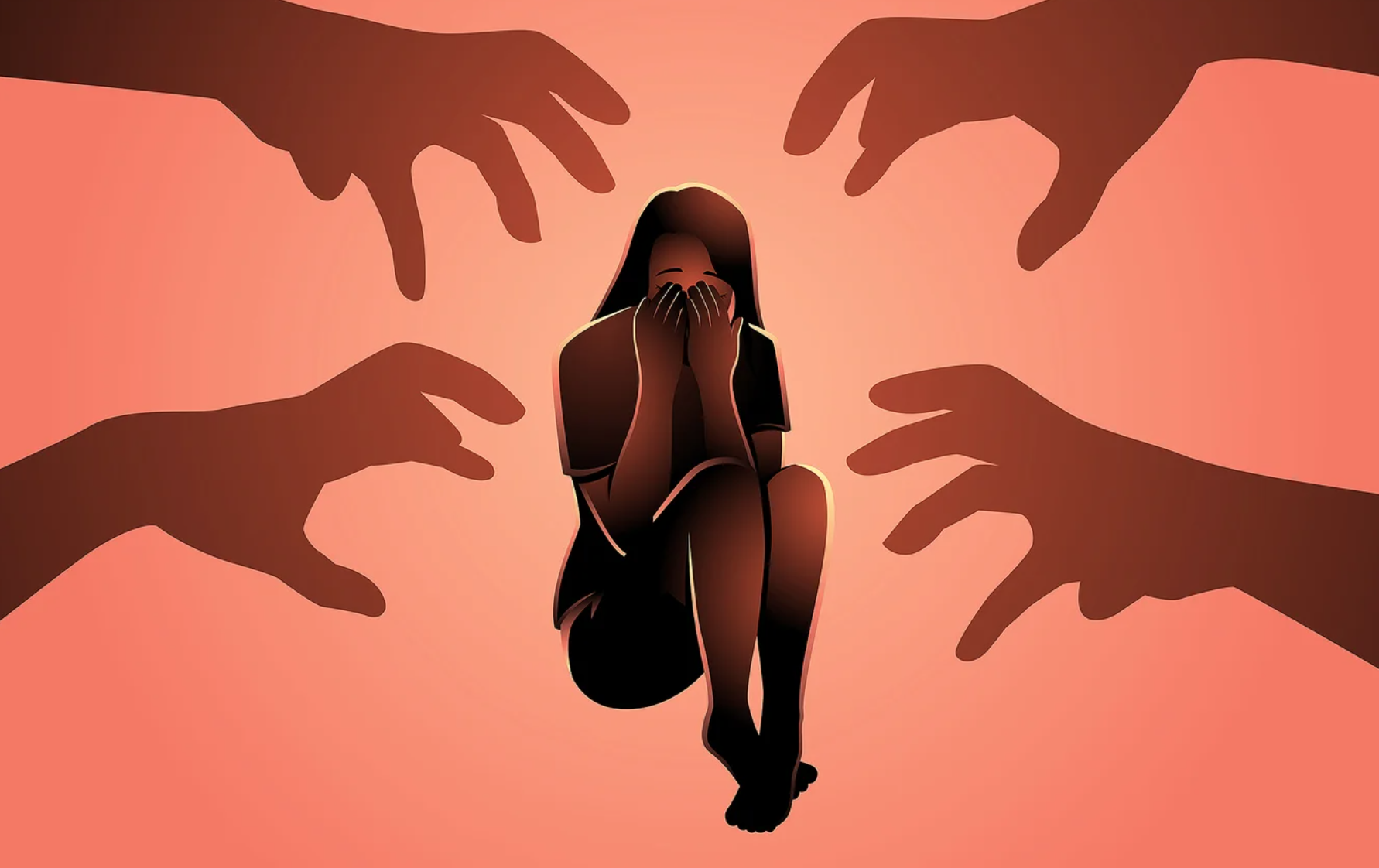
Achieving a state of contentment and well-being is arguably a fundamental aspiration for most individuals. Regrettably, our world can subject people to distressing experiences that can leave enduring imprints on psychological well-being, manifesting as anxiety, depression, chronic pain, and post-traumatic stress disorder (PTSD). The manner in which individuals navigate these experiences can vary significantly, with some recovering quickly while others may grapple with the repercussions for an extended duration.
Defining Trauma
Trauma is a deeply distressing experience or event that overwhelms an individual’s ability to cope and leaves a lasting impact on their psychological well-being. It often involves a threat to one’s life, physical or emotional integrity, and can result in a range of adverse psychological and physiological responses.
A healthy and well-regulated nervous system will instinctively activate the fight-or-flight response in the face of perceived threat. Once the danger subsides, the nervous system endeavours to restore equilibrium through the process of homeostasis. Fight-or-flight may also include the freeze response when confronted with overwhelming danger. Humans, in addition to experiencing fight-or-flight and freeze responses, are prone to psychological paralysis or dissociation. If the freeze response persists, the energy mobilized during the threat response becomes trapped within the body, and reminders of the trauma may erroneously trigger a reactivation of the perceived threat.
The incessant sense of being under threat can be profoundly draining, as our physiological systems are designed to endure danger for only brief periods. The management of stress response-related reactions, such as the release of cortisol, adrenaline, and epinephrine, is sustainable only when they are fleeting. However, if the body continues to release these stress hormones over an extended period, they can exert detrimental effects on both mental and physical well-being.
The Trauma-Anxiety Nexus
During the developmental years, feeling safe and secure is vital for acquiring the skills necessary to navigate stress effectively. However, a lack of support or unhealthy relationships can impede the acquisition of these coping mechanisms, rendering individuals ill-equipped to handle challenging situations.
In the aftermath of a traumatic event, individuals may experience symptoms of emotional numbing, dissociation, mood fluctuations, shame or guilt. Bodily symptoms of physical tension, poor appetite, physical discomfort, and fatigue are also commonly reported.
Survivors of trauma often find themselves perpetually on high alert, fearing that their environment may trigger distressing symptoms such as flashbacks, nightmares, and emotional detachment. Triggers can be both overt and subtle, presenting in unpredictable manners and contributing to a state of hypervigilant anxiety.
Healing Trauma-Induced Anxiety
Here are some of therapeutic techniques used in psychological therapy to heal and process anxiety stemming from traumatic experiences.
1. Exposure Therapy
Exposure therapy is a therapeutic approach that involves gradually and systematically confronting the feared or traumatic memories, situations, or triggers associated with the traumatic event. The goal of exposure therapy is to help individuals safely and repeatedly engage with these distressing stimuli, allowing them to process and reevaluate the associated fears and anxieties. Through repeated exposure and the practice of effective coping strategies, individuals can gradually reduce their anxiety responses, gain a greater sense of control, and experience a reduction in trauma-related symptoms.
2. Talk Therapies
Talk therapies, such as cognitive-behavioural therapy (CBT) and psychodynamic therapy, aim to provide a supportive and safe environment for individuals to explore and process their traumatic experiences, emotions, and thoughts. Through dialogue, reflection, and guidance from the therapist, talk therapies help individuals gain insights into their trauma-related issues, challenge negative beliefs and behaviours, and assist with developing effective coping strategies. Additionally, integrating body-centred approaches like Somatic Experiencing and Eye Movement Desensitization and Reprocessing (EMDR) can help foster self-compassion and restore a sense of safety within one’s body.
3. Expressive Body-Oriented Therapy
Expressive body-oriented therapies such as yoga, dance, and drama can be effective in releasing stored somatic energy resulting from trauma. Through movement and creativity they can facilitate healing of trauma-related symptoms. By engaging in expressive activities, these therapies promote self-expression, empowerment, and release of embodied anxiety. When combined with EMDR, these therapies empower trauma survivors to regain control and ownership over both their bodies and minds.
4. Breathwork-Based Therapy
Reestablishing the connection between mind and body is a key aspect of healing from trauma. Body-oriented therapies and practices that focus on breath awareness can facilitate this reconnection. Developing a deeper understanding of one’s breath can provide practical tools for coping with trauma and managing one’s emotions, ultimately promoting personal growth and facilitating the healing process.
Final Thoughts
The burden of anxiety following a traumatic event can significantly impact both physical and mental well-being. Seeking professional health from a psychologist or mental health professional may help with understanding the complex relationship between the two. For individuals in search of an anxiety psychologist in Adelaide, Adelaide Psychology offers both evidence-based and client-focused approaches in a private practice setting. Requesting an appointment is a proactive step towards restoration and overall well-being.








